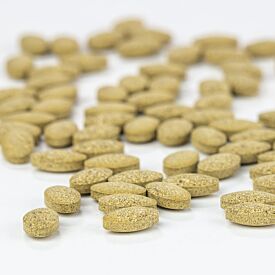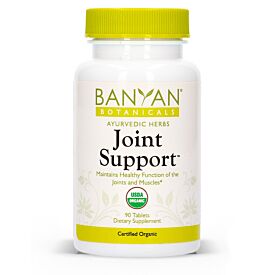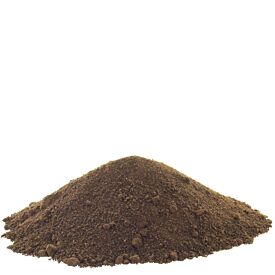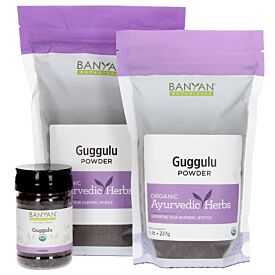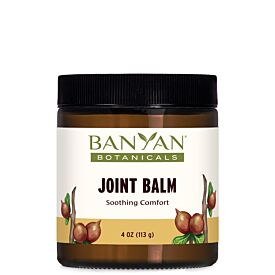Why Guggulu Is So Precious
Guggulu is an incredibly potent and widely used herbal resin, with a rich history of use in traditional Ayurvedic preparations. Guggulu has the unique ability to deliver herbs deep into the tissues while simultaneously scraping away accumulated toxins.
The benefits of guggulu are renowned in Ayurveda—it helps to support a healthy metabolism and balanced cholesterol levels, which is why it is included in weight management formulas like Trim Support and Trim Balm. And guggulu is so deeply penetrating that it reaches all the way to the synovial space between the joints in warming, vata pacifying formulas like Joint Support and Joint Balm.
Although it is rarely taken by itself, guggulu is a vital ingredient in many Ayurvedic formulas, and it’s an herb worth learning more about.
Ecological Challenges
Also known as Indian myrrh, the guggulu tree is small and thorny, and it thrives in the arid deserts of Northwest India and Eastern Pakistan. When the tree has reached maturity at eight years old, it is ready to harvest. To do this, a small vertical incision is made into the trunk of the tree, and a golden sap slowly seeps out.
As the resin emerges, it coagulates and crystalizes on the trunk, where it is left to harden for seven days. During this waiting time, the guggulu resin actually serves to protect the tree from any diseases that could enter through the incision mark, while it heals the skin, or bark, of the tree itself.
While guggulu is a beloved and revered traditional herb, it also faces some ecological challenges, and it is now one of Ayurveda’s most endangered plants. Its popularity and effectiveness in treating a wide array of health challenges has, ironically, led to its population decline.
Almost all commercially available guggulu resin is harvested from the wild, and global demand has far out-paced the naturally available supply, making genuine guggulu increasingly difficult to come by. To complicate matters, if the incision of the tree and the harvesting of the resin are not done with care and proper technique, the tree will die, which further depletes the availability of this precious resource.
With the lack of sustainable harvesting practices, and the high demand, it is not surprising that this potent little tree has become threatened in its wild habitat.
Sustainable Solutions
The good news is that there are sustainable sources of guggulu available, even if not many. In an effort to preserve the guggulu species and to help ensure its future in the Ayurvedic pharmacopoeia, Banyan’s partners have worked with a farming cooperative in rural Rajasthan, India to establish a sustainable and reliable source of guggulu.
These insightful farmers had the foresight to plant eight thousand guggulu trees back in 2004, and the first successful harvest was carried out six years later. Once harvested, the trees are given a 2-year period of recovery before they are ready to be harvested again. These organic guggulu trees are carefully maintained and only tapped when they are fully mature, and the harvest is carried out in a responsible way that allows the trees to continue to live and thrive.
Although the process is slow, the sustainability component is one that we, at Banyan, are deeply committed to. We are proud to support this farming project, which is one of the first and only organic, cultivated sources of guggulu in the world! We believe that protecting the long-term availability of the ancient Ayurvedic herbs, like guggulu, is well worth the investment required to source them responsibly.
It is our hope that many projects are to follow as more and more people become aware of the importance of sustainable sourcing.





